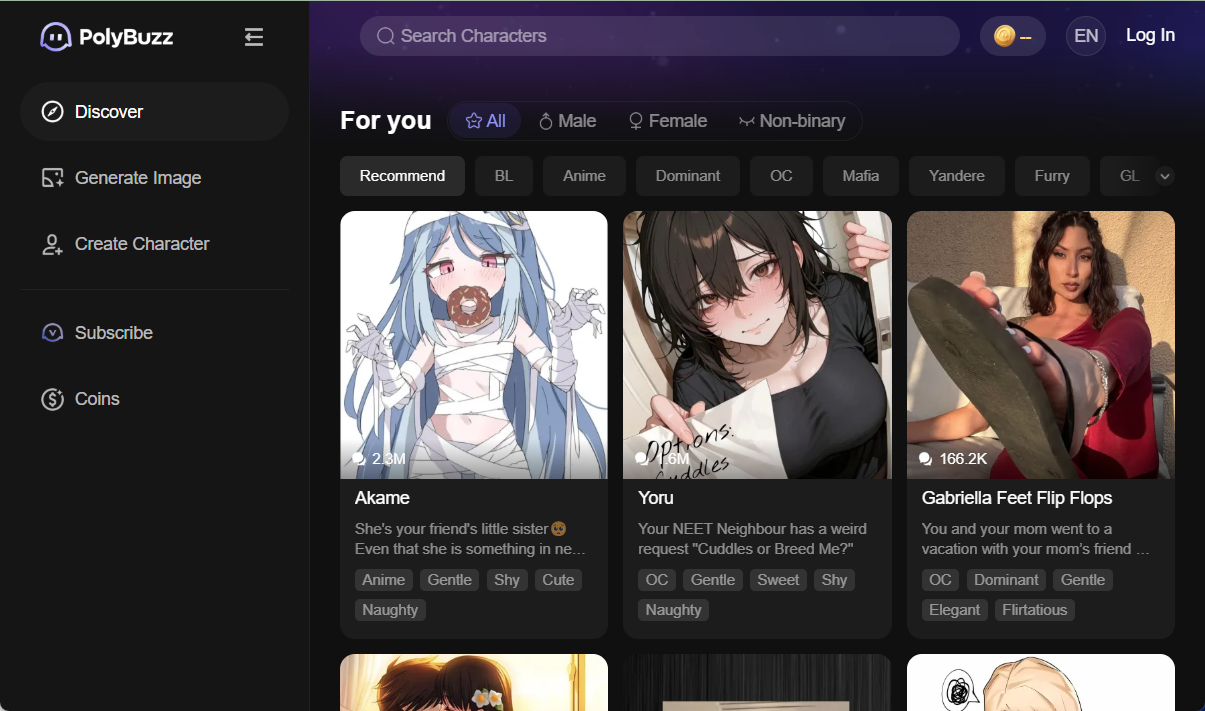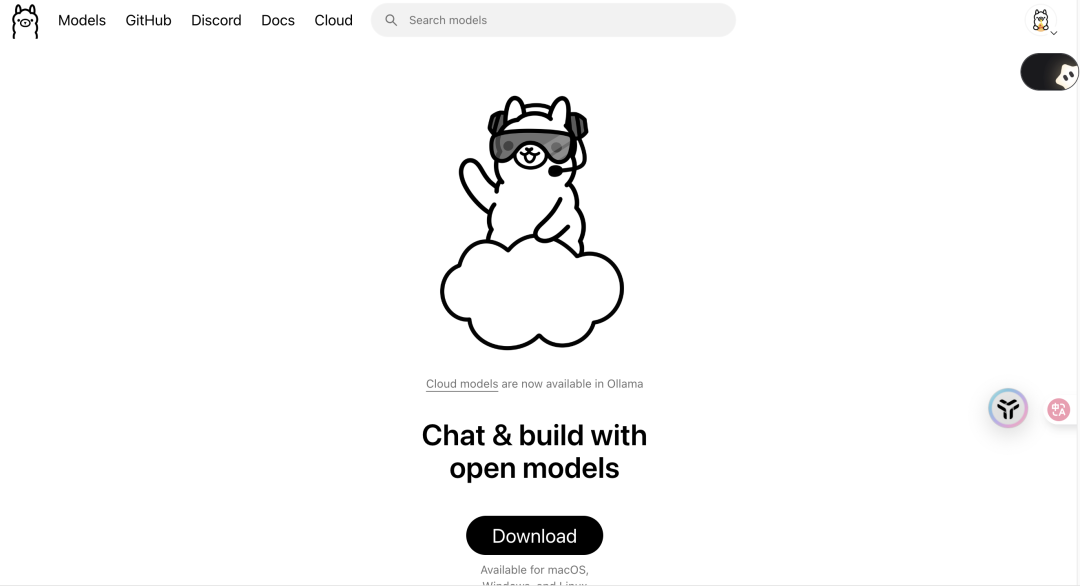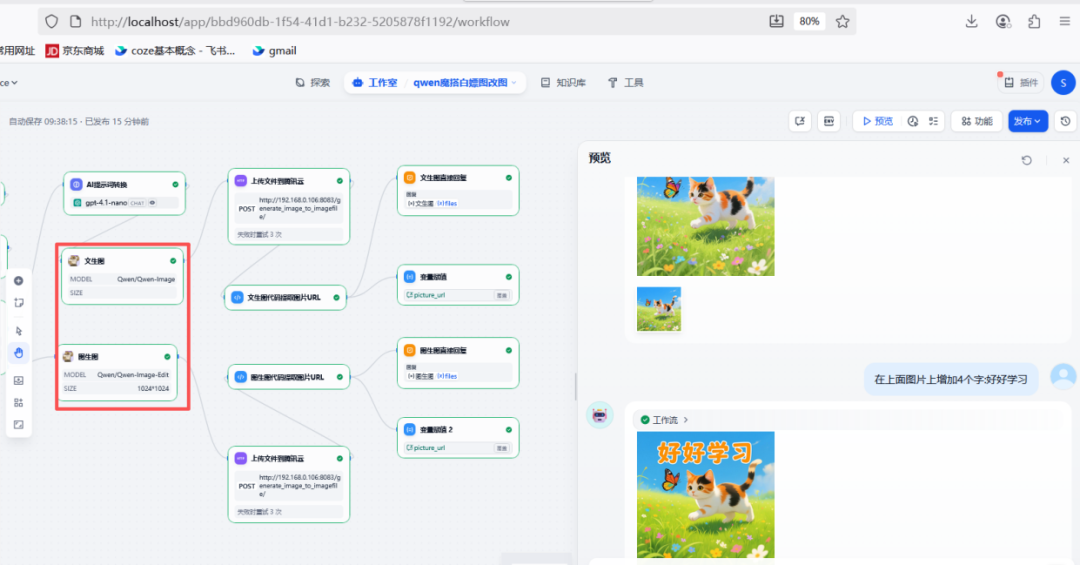Gemini-CLI-2-API is mainly suitable for the following application scenarios:
- Integration of existing tools: Seamless access to a variety of tools and frameworks developed based on the OpenAI API, such as LangChain, AutoGPT, etc., allowing the use of Gemini modeling capabilities without the need to modify code.
- Local AI service deployment: Enterprises can deploy the service in intranet environments for privatized AI tasks such as code generation, document summarization, etc., reducing their dependence on cloud services.
- Cue word development and optimization: With a detailed logging system, developers can record and analyze the effect of different cues to optimize the interaction design.
- Study and research: Researchers can experiment with the performance characteristics of the Gemini model by studying open source code to learn API integration techniques.
- High-frequency call scenarios: Locally deployed API services are better able to meet high-frequency invocation requirements than cloud services, and are especially suitable for scenarios that require extensive testing and iteration.
- hybrid model architecture: It can be used alongside OpenAI models to build hybrid model architectures, choosing the most appropriate model based on requirements.
Overall, it is particularly suited to developer teams and individual researchers who want to utilize the capabilities of the Gemini model without changing the existing technology stack.
This answer comes from the articleGemini-CLI-2-API: Converting the Gemini CLI to an OpenAI-compatible Native API ServiceThe






























